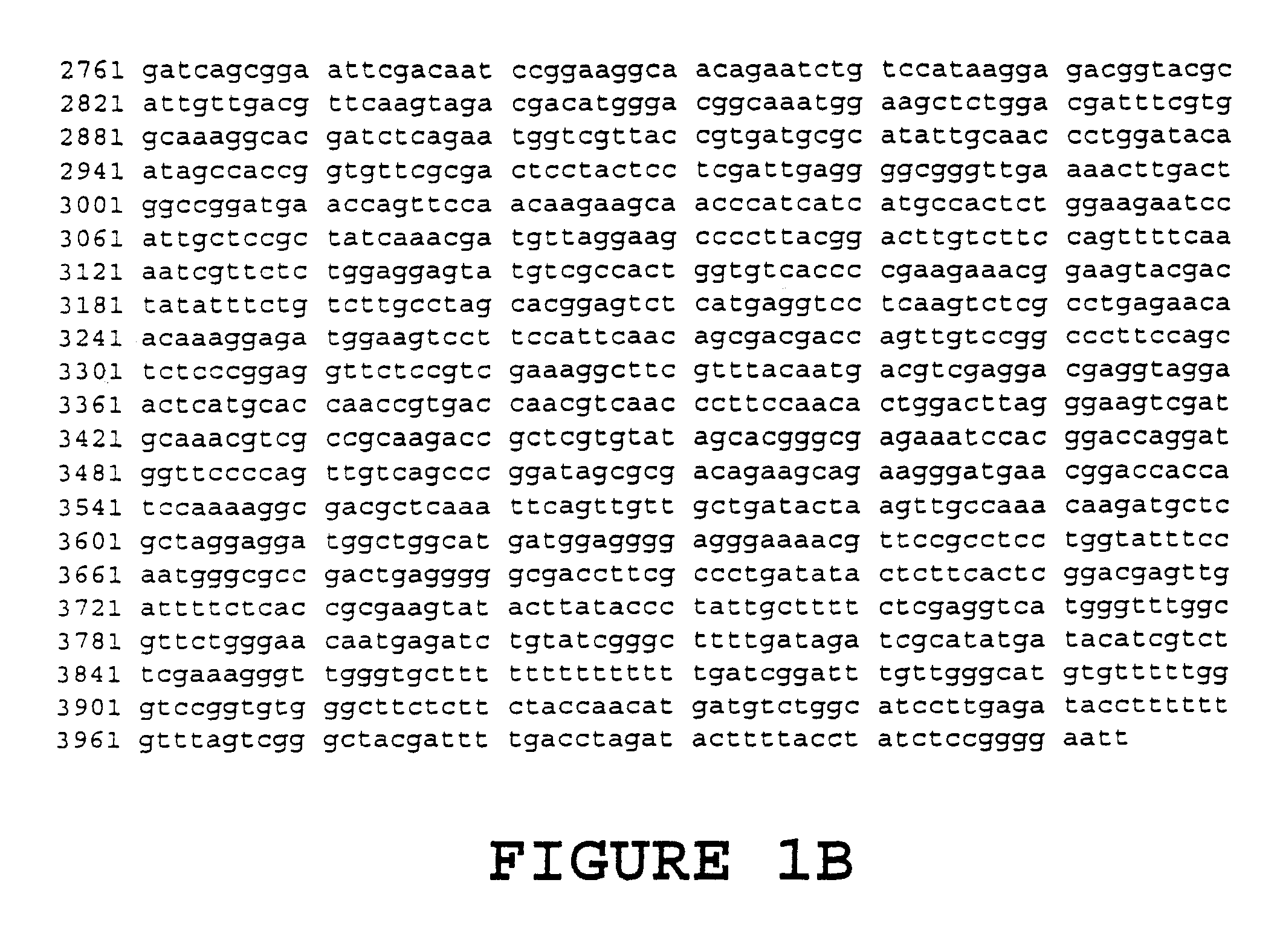Antifungal assay
a technology of antifungal assay and assay, which is applied in the field of antifungal assay, can solve the problems of endemic mycoses, especially histoplasmosis and coccidioidomycosis, which are a major problem for an increasing number of patients, and other filamentous fungal infections, and achieve the effect of preventing the growth of fungi
- Summary
- Abstract
- Description
- Claims
- Application Information
AI Technical Summary
Problems solved by technology
Method used
Image
Examples
Embodiment Construction
1. Definitions
An "agricultural compound" as used herein refers to a chemical compound that has utility in agriculture and functions to foster food or fiber crop protection or yield improvement. For example, one such compound may serve as a fungicide to control the spreading of plant diseases.
"Cytoskeletal component" denotes any molecule that is found in association with the cellular cytoskeleton, that plays a role in maintaining or regulating the structural integrity of the cytoskeleton, or that mediates or regulates motile / mechanical events mediated by the cytoskeleton. The term includes cytoskeletal polymers (e.g., actin filaments, microtubules, myosin fragments, intermediate filaments), molecular motors, and cytoskeleton associated regulatory proteins (e.g., tropomyosin, alpha-actinin). It is understood that the definitions which apply to the cytoskeletal system apply to embodiments which are drawn to specific components of the cytoskeletal system.
"Cytoskeletal function" refers t...
PUM
| Property | Measurement | Unit |
|---|---|---|
| volumes | aaaaa | aaaaa |
| volumes | aaaaa | aaaaa |
| volume | aaaaa | aaaaa |
Abstract
Description
Claims
Application Information
 Login to View More
Login to View More - R&D
- Intellectual Property
- Life Sciences
- Materials
- Tech Scout
- Unparalleled Data Quality
- Higher Quality Content
- 60% Fewer Hallucinations
Browse by: Latest US Patents, China's latest patents, Technical Efficacy Thesaurus, Application Domain, Technology Topic, Popular Technical Reports.
© 2025 PatSnap. All rights reserved.Legal|Privacy policy|Modern Slavery Act Transparency Statement|Sitemap|About US| Contact US: help@patsnap.com



